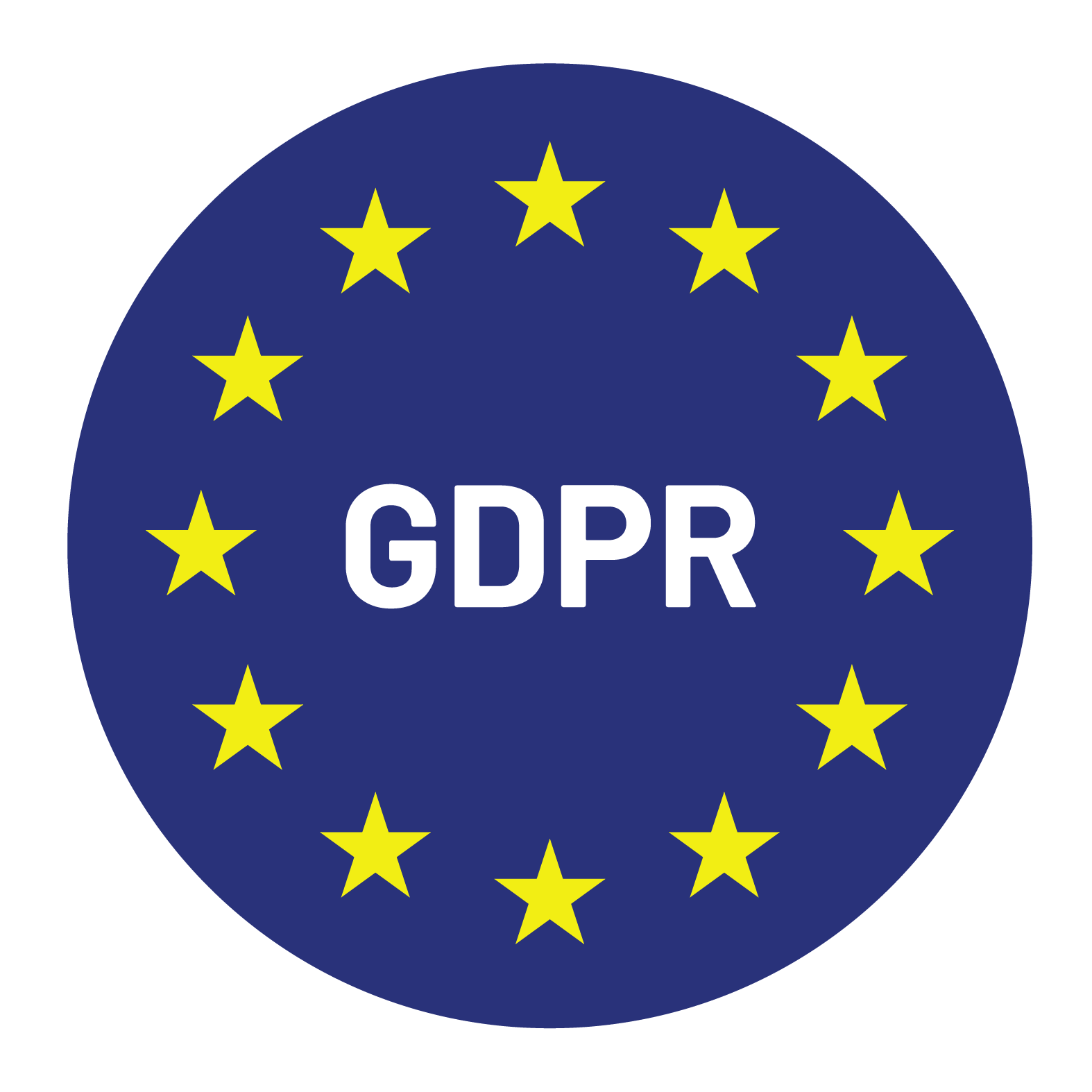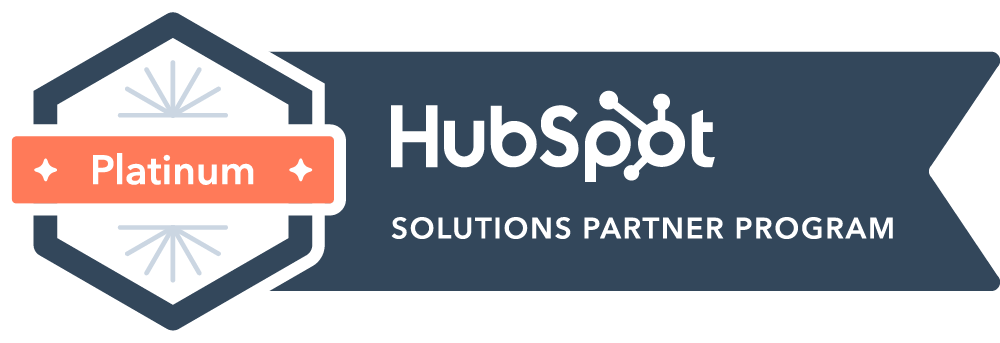

Founder and CEO of Whistle, with over 10 years of selling technology to hundreds of SMB and Enterprize companies across multiple sectors.
Product-led growth (PLG) is a business strategy where the product itself is the primary driver of customer acquisition, retention, and revenue growth. In a product-led company, the focus shifts from a traditional sales-led approach to one that centers around creating a seamless and intuitive user experience. This strategy emphasizes on the value and benefits of the product, using it as a key marketing tool to attract and retain customers. By prioritizing user behavior and customer satisfaction, PLG companies aim to ensure that every interaction with the product is positive, leading to increased customer loyalty and ultimately driving efficient growth.
Understanding the customer journey is paramount for businesses aiming to build strong relationships with their customers. It involves mapping out the stages a customer goes through, from the initial awareness of a product or service, through the purchasing decision, and onto ongoing loyalty and advocacy.
Each stage of the customer journey offers valuable insights into customer behavior that can inform business strategies. By understanding how customers interact with the product or service at different stages, companies can optimize the user experience and drive efficient growth.
Customer interactions play a crucial role in each stage of the journey. During customer onboarding, for example, businesses can provide clear and seamless experiences to ensure new customers have a positive first impression. Collecting feedback throughout the journey allows companies to identify pain points and make improvements, further enhancing the customer experience.
Fostering customer loyalty is another essential aspect of the customer journey. By nurturing customer relationships and providing ongoing value, businesses can turn customers into advocates who not only continue to use the product or service but also promote it to others.
Unlocking your company’s potential with PLG involves implementing strategies that:
This approach is particularly relevant in the digital and SaaS space.
Optimizing the onboarding experience is crucial to capturing and retaining customers. By providing clear and seamless experiences during this critical phase, businesses can ensure new users have a positive first impression. This includes simplifying the sign-up process, offering helpful tutorials or guided tours, and providing detailed product documentation. Companies should also prioritize value delivery by focusing on features and functionalities that address users’ pain points and enable them to achieve their desired outcomes.
To truly understand users’ jobs-to-be-done, companies should go beyond traditional demographic data and delve into users’ motivations and needs. This involves conducting user research and analysis to identify the specific problems that users are looking to solve with the product or service. By gaining this deeper understanding, businesses can tailor their product and messaging to resonate with users and meet their expectations.
Feedback surveys and session recordings are invaluable tools for uncovering insights about user behavior and preferences. By collecting feedback throughout the customer journey, companies can identify pain points, uncover areas for improvement, and make data-driven decisions to enhance the user experience. Session recordings allow businesses to observe user interactions in real-time, gaining a firsthand understanding of how customers engage with the product.
Sales-led growth and product-led growth are two distinct approaches to driving customer acquisition and revenue growth. While both strategies aim to grow a customer base, they differ in their primary drivers and focuses.
SLG primarily relies on the efforts of a sales team to acquire customers. This approach emphasizes personal touchpoints, relationships, and direct sales interactions. Sales teams use techniques such as cold calling, lead generation, and sales demos to attract and convert prospects into paying customers. The focus is on building relationships and delivering a positive customer experience throughout the sales process.
PLG, on the other hand, centers around the product itself as the primary driver of sales and marketing. In this approach, the product is designed to be self-serving and intuitive, allowing users to easily adopt and engage with the product without the need for a sales team’s direct involvement. However, having a sales team can be beneficial in your PLG Market Strategy. The focus is on creating a seamless user experience, providing value through the product itself, and leveraging user behavior to drive revenue growth.
While sales-led growth relies on the efforts of a dedicated sales team, product-led growth relies on the product team to continuously improve the product and enhance the user experience. This approach often involves cross-functional collaboration between the product, marketing, and customer success teams to better understand user behavior, optimize the onboarding process, and drive customer loyalty.
Utilizing user behavior data is crucial for informed decision-making when it comes to choosing between sales-led growth (SLG) and product-led growth (PLG) strategies.
Analyzing user behavior provides valuable insights into how customers interact with a product. By examining usage patterns, engagement levels, conversion rates, and customer feedback, businesses can understand which strategy aligns better with their customer base. For example, if the user behavior data indicates that customers prefer a self-service approach and have a high level of engagement with the product independently, a PLG strategy may be more suitable. On the other hand, if the data suggests that customers require personalized support and have a higher conversion rate with sales interactions, an SLG strategy may be more effective.
Key metrics to consider when analyzing user behavior include the frequency and depth of product usage, feature adoption rates, time spent on the platform, churn rates, and customer feedback. These metrics provide valuable insights into how customers are engaging with the product, what features they find most valuable, and any pain points they may be experiencing.
Leveraging the marketing team is essential for reaching customers in new and innovative ways through PLG strategies. By incorporating the principles of product-led growth, the marketing team can play a vital role in driving the success of a business.
One key aspect is using marketing to generate demand at the top of the funnel. By focusing on creating awareness and interest in the product, the marketing team can attract new customers and drive growth. This involves developing and executing targeted marketing campaigns, leveraging various channels, such as social media, content marketing, and email marketing, to reach potential customers.
Collaboration with product teams is crucial for optimizing the testing stage. The marketing team can work closely with product teams to understand user behavior, collect feedback, and iterate on the product experience. This collaboration ensures that the product meets customer expectations and provides a positive customer experience, driving user adoption and loyalty.
To effectively implement PLG, cross-functional and multidisciplinary teams are necessary. This includes product marketers, digital marketers, product managers, designers, engineers, sales, and customer success teams. These teams, organized into agile growth teams, can work together to create a seamless customer journey, from initial acquisition to onboarding and success.
Customer success teams are essential for creating loyalty among existing customers. These teams are dedicated to ensuring that customers have a positive experience and achieve their desired outcomes with the product. By actively engaging with customers, customer success teams can build strong relationships, prevent churn, and improve brand reputation.
One of the key strategies employed by customer success teams is proactive relationship-building. They take the initiative to regularly check in with customers, understand their needs, and offer ongoing support and guidance. By demonstrating a genuine interest in their success, customer success teams show customers that they are valued and cared for. This personal touch goes a long way in fostering loyalty and long-term relationships.
Constant communication is another crucial aspect of building customer loyalty. Customer success teams provide regular updates on new features, releases, and improvements to ensure that customers are aware of the value and benefits they can gain from the product. They also communicate important information such as upcoming events or training sessions. This real-time communication keeps customers engaged and informed, making them less likely to consider switching to a competitor.
Furthermore, These teams can take various actions to show their appreciation for customers and create a sense of community. They can organize local events or user groups, where customers can network, share best practices, and provide feedback directly to the product team. By highlighting exceptional employees in their customer success team, they showcase the dedication and expertise of their staff, building trust and credibility.
The Whistle PLG service is about bringing all stakeholders together at the right time in a fluid way and managing the whole process to increase adoption and sales. We work with a number of fast-growing B2C brands who are focused on accelerating B2C adoption or the B2B potential of their offerings.
Find out more about by booking a meeting with us!


© Copyright – Whistle 2023